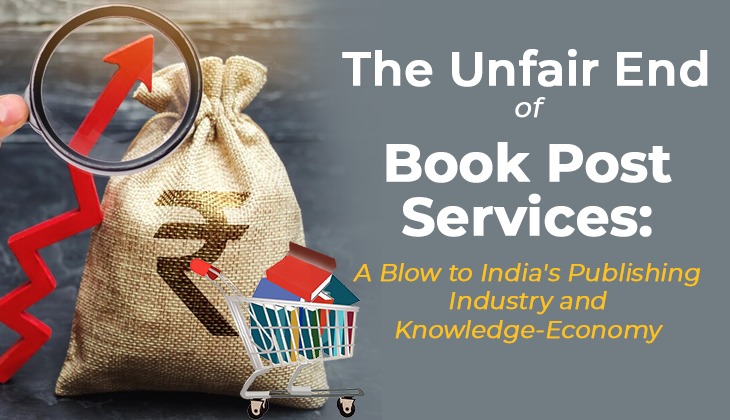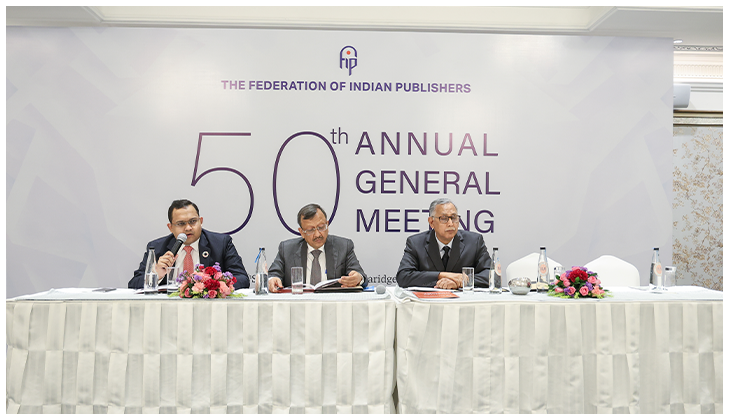The e-commerce model works on four parts- the consumer, searching products online, making payment and delivery. While the idea of shopping at your convenience is fast catching on in India and the Indian online consumer base is growing rapidly; there is still a long way to go as compared to the western markets.
A study by Avendus Capital pegged the growth of the e-commerce market at $6.3 billion in 2011, from $4.3 billion, the previous year. K Vaitheeswaran, COO, www.indiaplaza.in, the world’s largest India centric e-commerce company, said that from 20,000 online shoppers in the year 2000, the number has grown to over 14 million in India.
There are various reasons for the enthusiasm among the various e-commerce players. If the report by the Internet and Mobile Association of India is any indicator, the e-commerce market here has grown 500% since 2007, at a rate of 70% every year. A report by Forrester, pegs the Indian market to grow the fastest in the digital arena among its Asia-Pacific region counterparts at a CAGR (Compound Annual Growth Rate) of 57%.
With over 100 million internet users in India, the foundation for an e-commerce boom was laid in 2011 itself. Also, the mobile sector including iPads and tablets look to complement the digital space for shopping, in future.
Though still in the nascent stage due to various reasons like internet penetration, security and privacy concerns among consumers and language diversity in India; the marketers are enthusiastic about the medium. The e-commerce industry has been reporting a double-digit growth repeatedly for some time now. The major categories in e-commerce are B2B (Business to Business), B2C (Business to Consumer), C2C (Consumer to Consumer) and C2B (Consumer to Business). The success of various online travel portals, retail chains, and publications are indicators that e-commerce is here to stay.
The travel portals and travel related revenues form a major chunk of this entire capital and they are expected to remain the dominant feature amongst the e-commerce players in the near future.
The belief of online payment being unsecure among Indians was assuaged by forming the Cash-on-Delivery (COD) model which worked wonders. Today, almost 80% of all retail purchases in India, tend to be COD.
What can the consumers look forward to from this growth?
- The consumers will have a wider range of products to choose from
- Cheaper pricing due to low operational cost and better service
- A faster buying and selling process
- 24X7 shopping convenience in the comfort of home
What are the concerns from the market?
- Quality of goods may not be guaranteed
- Technical failures
- Customer loyalty cannot be gauged
- Security and privacy concerns
Notwithstanding, all the glitches in the process and the advantages; a growing e-commerce market will help localise the world and give as many options to consumers as it will to retailers to reach markets that would otherwise seem impossible or require capital investment and time.
For India, there are some really happy e-shopping and e-selling times ahead!


